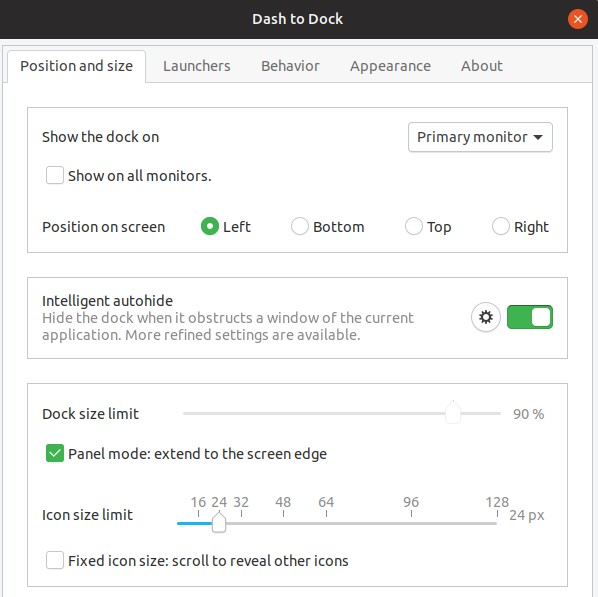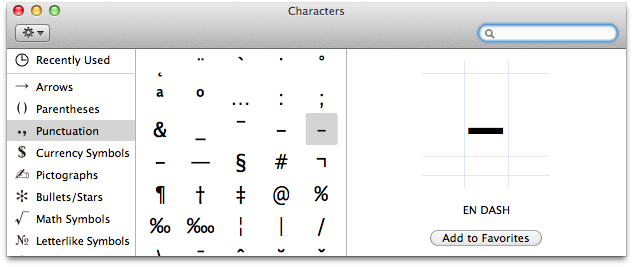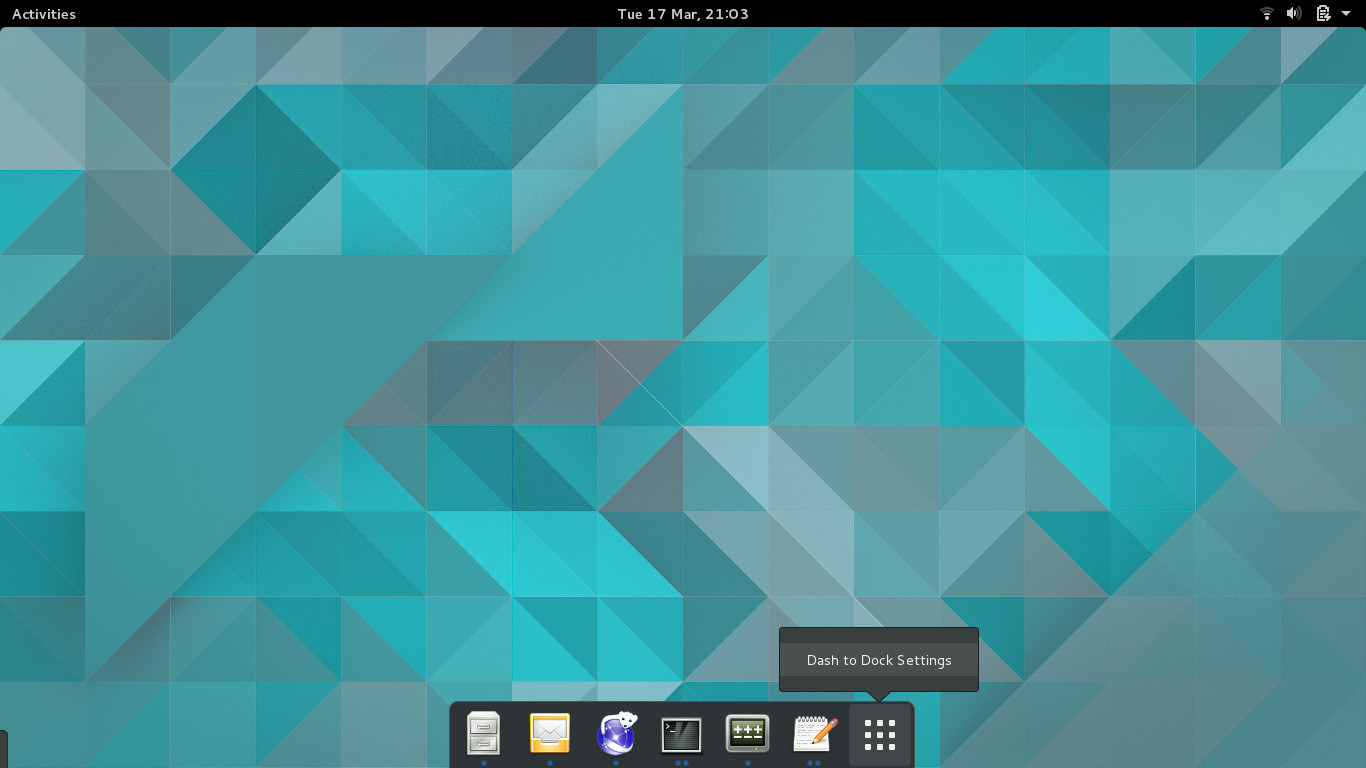First introduced with OS X Tiger in 2005, Dashboard organizes Mac widgets — program shortcuts and precursors to apps that we are all more familiar with. Many of these widgets still come as part of the standard package with every Mac and new operating system.
- Here is your one-stop Dashboard Widget to search, find and enjoy thousands of Mac OS X Dashboard Widgets, most of them free. Customize your Dashboard by adding, playing, using, moving, looking.
- Dashboard was first introduced in Mac OS X 10.4 Tiger. It can be activated as an application, from the Dock, Launchpad or Spotlight. It can also be accessed by a dashboard key. Alternatively, the user can choose to make Dashboard open on moving the cursor into.
Dashboard is useful to keep close at hand. Mac widgets include contacts (which you can sync with iOS contacts), to calculators, flight trackers to stock market information, the weather app, games, and a wide range of extra tools you can add when you tap the + icon in the lower left of the Apple dashboard.

If you want to take a look at what you can access via the Dashboard, here is the complete list of 1703 Widgets currently available and supported. Now, here is how you use the macOS Dashboard to improve your productivity.
Geometry Dash For Mac Os
Mac Dashboard shortcuts
Since MacOS Yosemite was launched, Dashboard is something you may have to enable to use. On Macs using an older operating system it is something that automatically sits in the Dock.
To enable Dashboard:

Dash Mac cracked version – is used with Mac OS The platform’s Mac cracked app programming document management tool can browse API documents and manage code snippets. It comes with a wealth of API documentation, involving various mainstream programming languages and frameworks. Open the My Passport Wireless dashboard by entering the URL in your browser: mypassport (Windows) or mypassport.local (Mac). Turn on Drive Lock.
Go to System Preferences > Mission Control
Click the Dashboard pop-up menu
Here it gives you options for how Dashboard appears:
- As Space: Dashboard can inhabit its own area of your Desktop. Get to it when you press the keyboard shortcut for Dashboard, or move between spaces. There are a few other ways you can use space on your Desktop which we will outline below.
- As Overlay: Dashboard occupies a permanent space on your Desktop (which you can switch off via Mission Control).
Now that Dashboard is enabled, there are several ways you can access it (and set shortcut to give you access quicker). Access Dashboard through one of the following shortcuts:
Use Launchpad > Open > Dashboard.
Using Siri. Open Siri in the Menu bar and ask “Open Dashboard”, or something similar.
If you have set Dashboard as a space, use a Trackpad to access. Simply swipe right with three fingers.
In Mission Control Preferences, set a Mouse or keyboard shortcut; then use that to access Dashboard.
Now you can use any of the widgets you need, and add any as needed using the Add button ‘+’ in the lower-left corner of the screen. Remove them using the ‘-‘ minus symbol.
How to use Dashboard as a web monitor
- Go to the website(s) you want to monitor. Choose File > Open in Dashboard.
- The page or website will grey out, opening a purple border around part of the page you want to monitor.
- Now you can adjust the size of the border around the web source.
- Tap ‘Add’ and it will take you to the Dashboard with the source website pulling the information through to your Mac, making a shortcut to a specific website for quicker monitoring.

How to close Dashboard on Mac

When you want to close dashboard, either click anywhere on the screen and the widgets will fade, or press the escape key, or use the mouse, trackpad or keyboard shortcut to close.

Dashboard is also incredibly useful for monitoring website you want to keep an eye on. Whether this is the status of a delivery or recent Amazon order, or a news outlet you read often.
Monitor your Mac with CleanMyMac X
There are always things that would be really useful if you could keep an eye on that don't come in a widget format. Such as your network connection speed and health status of vital functions (disk space, battery, etc.) For those, CleanMyMac X comes with a Menu monitoring feature.
The CleanMyMac X Menu comes with the ability to monitor RAM and how full your trash is, so if you experience a performance drop it can quickly isolate and clean the problem. The Menu even shows real-time statuses and health indicators of your hard drive, memory, battery, and CPU. You can also connect your Dropbox to see how much space is remaining. Plus it monitors several other vital functions, keeping your Mac running smoother straight from your status bar.
Download CleanMyMac X (for free).Everyday, CleanMyMac cleans 614TB of data for Mac users, and we have customers scanning and cleaning their Macs in 185 countries. CleanMyMac X comes with dozens of useful and smart features — a powerful app that your Mac needs.
These might also interest you:
Geometry Dash For Mac Os X
Dash 5.1.4 MacOS [Full]
Dash
How To Type Em Dash On Mac
Dash is a very convenient application that includes a browser for API documentation and sample code snippets, for the following languages, programming environments and databases.
Features:
- Offline Documentation: iOS, OS X, watchOS, Swift, Man Pages, .NET Framework, ActionScript, Akka, Android, AngularJS, Angular.dart, Ansible, Apache, Appcelerator Titanium, AppleScript, Arduino, Backbone, Bash, Boost, Bootstrap, Bourbon, Bourbon Neat, C, C++, CakePHP, Cappuccino, Chai, Chef, Clojure, CMake, Cocos2D, Cocos2D-X, CodeIgniter, CoffeeScript, ColdFusion, Common Lisp, Compass, Cordova, Corona, CSS, D3.js, Dart, Django, Dojo Toolkit, Drupal, ElasticSearch, Elixir, Emacs Lisp, Ember.js, Emmet.io, Erlang, Express.js, Expression Engine, ExtJS, Flask, Font Awesome, Foundation, GLib, Go, Grails, Groovy, Grunt, Haml, Haskell, HTML, Jade, Jasmine, Java SE, Java EE, JavaFX, jаvascript, Joomla, jQuery, jQuery Mobile, jQuery UI, Knockout.js, Kobold2D, Laravel, LaTeX, Less, Lo-Dash, Lua, Marionette.js, Meteor, MomentJS, MongoDB, Mongoose, Mono, MooTools, MySQL, Nginx, Node.js, NumPy, OCaml, OpenCV, OpenGL, Perl, PhoneGap, PHP, PHPUnit, Play Framework, Polymer.dart, PostgreSQL, Processing.org, Prototype, Puppet, Python, Qt, R, Redis, RequireJS, Ruby, Ruby on Rails, Rust, Sass, SaltStack, Scala, SciPy, Sencha Touch, Sinon, Smarty, Sparrow, Spring Framework, SproutCore, SQLAlchemy, SQLite, Statamic, Stylus, SVG, Symfony, Tcl, Tornado, Twig, Twisted, TYPO3, Underscore.js, Unity 3D, Vagrant, Vim, VMware vSphere, WordPress, Xamarin, Xojo, XSLT, XUL, Yii, YUI, Zend Framework, Zepto.js.
- Download docsets from CocoaDocs.org, RubyGems.org, Maven.org (Java and Scala), Packagist.org (PHP) and GoDoc.org.
- Supports docsets generated using popular tools like Appledoc and Doxygen.
- Methods are conveniently shown in a special Table of Contents.
- Highlighted in-page search.
- Save bookmarks of your most used documentation pages.
- Create search profiles to easily switch between docsets.
- Easily search specific docsets by defining keyword filters (e.g. start your query with “ruby:” to search only the Ruby documentation).
- Integration plugins for: Xcode, Alfred, Quicksilver, LaunchBar, Coda, Espresso, PopClip, Sublime Text, Atom, Brackets, Chocolat, Emacs, Vim, BBEdit, TextWrangler, TextMate, Eclipse, AppCode, Android Studio, IntelliJ Idea, RubyMine, WebStorm, PhpStorm, PyCharm, Terminal, AppleScript.
- Easily integrate with any other application using the “dash://” URL scheme or the “Look up in Dash” system service.
- Annotate any documentation page and view public annotations.
- Use alongside Dash for iOS to turn your iOS device into a remote screen just for documentation.
- Fuzzy search. Don’t let misspells get in your way.
- Built for speed. Searching is almost instant.
Also recommended to youWar Robots
Requirements: OS X 10.10 or later 64-bit
Mac Os Dashboard
Dash 5.1.5 MacOS – (17 Mb)
